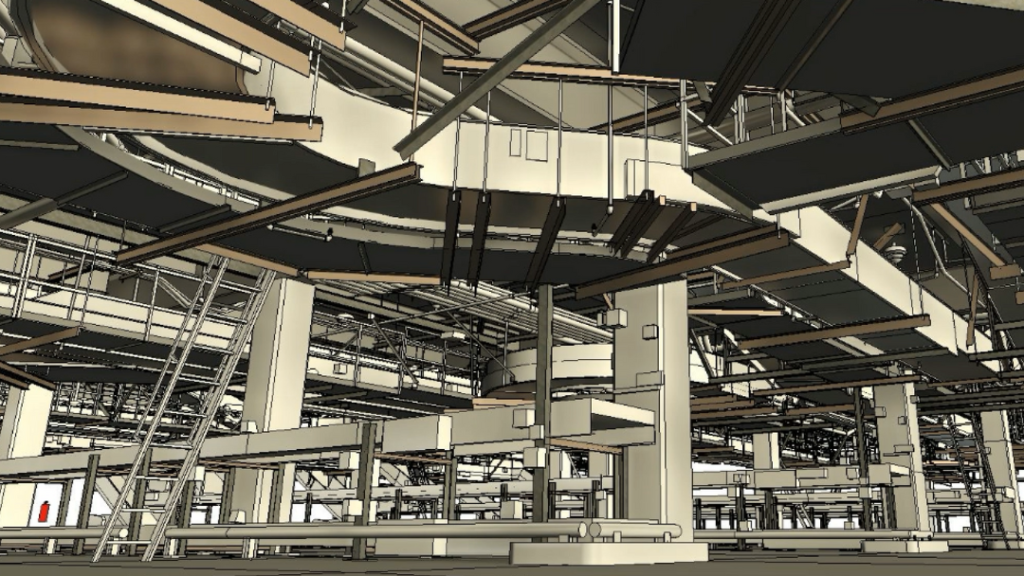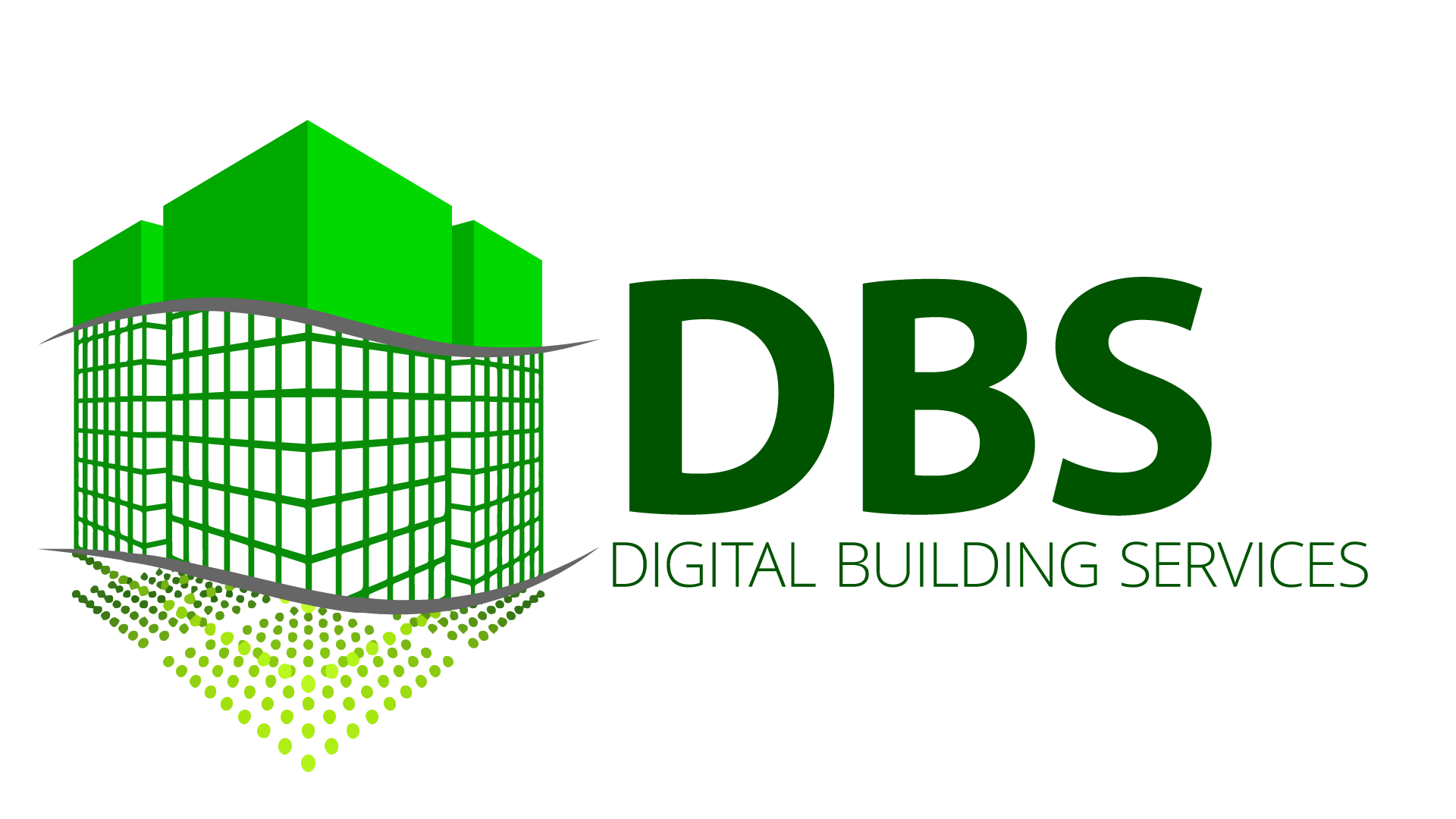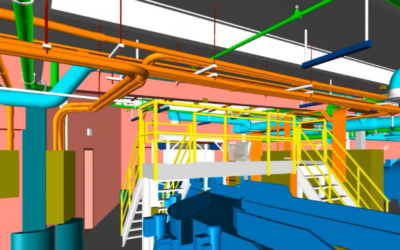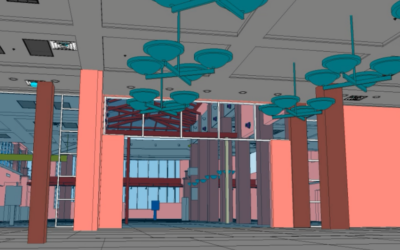In the dynamic sphere of construction and design, the shift towards digitalization has become a cornerstone for innovative projects.
At the forefront of this transformation are Building Information Modeling (BIM) and Revit modeling, tools that have not only reshaped how projects are conceived and executed but also enhanced the precision and efficiency of architectural endeavors.
Our journey at Digital Building Services (DBS) stands testament to the profound impact these technologies can have, especially within the challenging and complex environment of airport construction and renovation.
Having worked on over 60 airport projects across North America, we have honed our expertise and pushed the boundaries of what is possible in airport design and implementation.

Unleashing the Power of Scan to BIM Services for Airports
BIM technology has revolutionized the construction industry by allowing architects, engineers, and contractors to collaborate more effectively, fostering a more integrated project delivery approach.
In the context of airport construction, BIM facilitates a multidimensional understanding of the project, encompassing not just the physical but also the intrinsic properties of building components. This proves invaluable in managing the intricate details and vast scope associated with airport projects, from passenger terminals to air traffic control towers.
Our utilization of BIM at DBS has enabled us to achieve unprecedented levels of coordination and efficiency. By creating a shared, comprehensive, and dynamically updated digital representation of each project, we’ve effectively minimized errors, reduced costs, and streamlined the construction timeline. This has been particularly crucial in avoiding disruptions in airports, which operate 24/7 and cannot afford significant downtimes.
Elevating Airport Design with Revit Modeling
Revit, as a part of the BIM toolkit, offers specific advantages in the architectural design and engineering of airports. Its robust modeling capabilities allow for detailed, precise architectural work, enabling our team to visualize complex structures and systems before construction begins.
This foresight is vital in navigating the unique challenges of airport design, which must accommodate a wide range of functionalities including security processes, passenger flow, and extensive mechanical and electrical systems.
Our expertise with Revit modeling at DBS has empowered us to design more efficient, sustainable, and passenger-friendly airport spaces. Through advanced simulations and analyses, we’ve optimized energy use, enhanced the passenger experience, and ensured that new constructions seamlessly integrate with existing infrastructure.
A Track Record of Excellence

Scan to Bim Services for Airports – LAX Case Study
The impact of our work is evident across North America, where we’ve played a pivotal role in the development and renovation of over 60 airports.
Each project has served as an opportunity to refine our skills and push the envelope of what’s possible with BIM and Revit. From major international hubs to regional airports, our projects have consistently delivered on time, within budget, and above expectations, thanks to our advanced digital practices.
Scan to BIM Services for Airports: Looking to the Future
As we look ahead, the potential for further innovation in airport construction and design is boundless. At DBS, we are committed to staying at the cutting edge of these developments, continuing to pioneer new standards for efficiency, sustainability, and design excellence in airport projects and beyond.
In conclusion, our extensive experience with Revit modeling and BIM across more than 60 North American airports embodies our dedication to excellence and innovation in digital building services.
We believe that by embracing these technologies, we can not only overcome the inherent challenges of airport construction but also create spaces that are more efficient, resilient, and ready to meet the demands of the future.





0 Comments